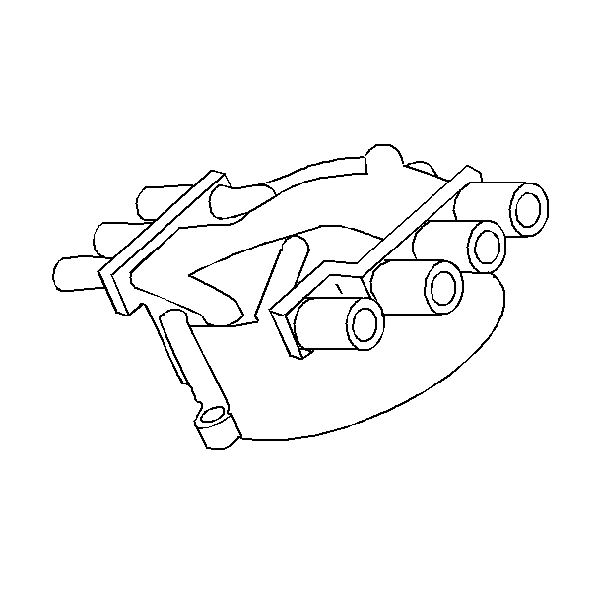For 1990-2009 cars only
Important: Discoloration of the cap and some whitish build up around the cap terminals is normal. Yellowing of the rotor cap, darkening and some carbon build-up under the rotor segment is normal. Replacement of the cap and rotor is not necessary unless there is a driveability concern.

- Inspect the cap for cracks, tiny holes, or carbon tracks between the cap terminal traces. The carbon tracks can be diagnosed by using an ohmmeter. With the cap removed, place one test ohmmeter lead on a cap terminal. Use the other lead to probe all other terminals and the center carbon ball. Move the test lead to the next terminal and probe all of the other leads. Continue until all of the secondary terminals have been tested. If there are any non-infinite readings, replace the cap.
- Inspect the cap for excessive build up of corrosion on the terminals. Scrape them clean or replace the cap. Some build up is normal.
- Inspect the rotor segment. Replace the rotor if there is excessive wear on the rotor segment or the plastic under the segment or if the staked post is melted. Some looseness of the rotor segment is normal if it does not cause performance problems.
- Inspect the shaft for shaft-to-bushing looseness. If the shaft wobbles, replace the housing assembly.
- Inspect the housing for cracks or damage.
